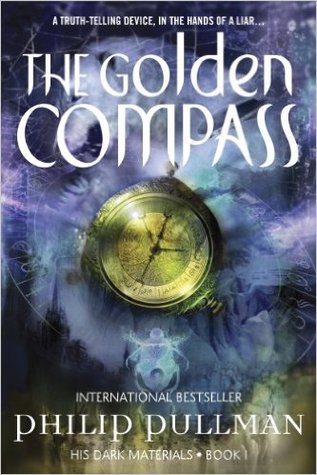
Sometimes a bookblogger just needs to read something silly and fun. I’m not sure if I have much more to say about Kevin Kwan’s two pop-lit novels than that they were silly and fun, but I’ll try. Shout out to my old college roommate, Lauren, for insisting that I read these books. They brought some levity to my overworked and exhausted brain at the end of 2017.
Plot-driven novels are always a challenge for me to review because I find myself falling into the plot summary trap. I’m going to try to avoid that here. Crazy Rich Asians opens with Rachel Chu and Nicholas Young, a millennial couple living in New York City. Both are professors at NYU, Rachel in economics and Nick in history. When the book opens, Nick invites Rachel to come to Asia with him for the summer. He is from Singapore, and his best friend Colin is getting married in June, and the plan is to bum around Asia for the rest of their summer break. Rachel is a bit trepidatious about the big trip, and about meeting her boyfriend’s family, but Nick reassures her it will be just fine. He leaves out the bit about how his family is crazy rich, like so rich that the regular wealthy people don’t know who they are because they can afford to keep themselves out of the press and keep their private lives private, which is a concept that is strange in foreign in this day and age. Not surprisingly, things do not go as Nick and Rachel hoped. There are shenanigans with Nick’s parents, side plots with Nick’s cousins and their families, so many descriptions of food that I wanted to eat Chinese food almost constantly while I was reading this book, and so many funny footnotes explaining the intricacies of Singaporean society. Definitely a light read, but a fun one. There were so many clothing brands thrown out there that I had never heard of that I didn’t believe that they existed, so I googled a few. They exist. The reason why I don’t know about them is because they, like the Young family, are out of my price range.
The sequel, China Rich Girlfriend, still has Nick and Rachel at the center, but the story spirals away from them, and I felt like that was a mistake on Kwan’s part. We find out at the beginning of the sequel that Rachel’s father, long thought deceased, is actually very much among the living, and is an extremely wealthy businessman in mainland China. Rachel’s mother and father met and fell in love when she was married to another man (a bad one), and she fled China when she learned she was pregnant to start a new life with her daughter. There’s much more to it, but remember how I said I wasn’t going to get bogged down in plot summary? Anyway, Nick’s busybody mother Eleanor figures all this out, and then insinuates herself into the Bao family’s good graces. Rachel’s half brother Carlton is in a huge car accident in London, and the family goes to Singapore for his recuperation. Rachel’s father learns of her existence from Eleanor, and insists that she and Nick spend their honeymoon in China. One would think that our protagonists would have figured out after their last trip to Asia on vacation that this was not a good idea, but alas. So the Young’s get to Asia, and end up spending a lot of time with Carlton, and his girlfriend/friend Colette Bing, the China Rich Girlfriend of the title. I think. The other suspect is Kitty Pong, a minor character from Crazy Rich Asians who is trying to fit into this crazy rich world but is failing miserably. Neither woman is especially likeable, and I really feel like Rachel and Nick turned into the straight men for Colette and Carlton’s crazy rich antics. There’s only so much snooty entitled rich people talk I need to hear in one series of books. That being said, “rich” is in the title of both books, so I guess I had fair warning.
In summary, these books are fun light quick reads with several likable characters and several who are so awful that I really hope people like them don’t exist in real life. The characters in the second book were over the top; I suspect this was purposeful and meant to be satirical, but it was maybe too much so. I’m hoping that the third book in the series, Rich People Problems, which came out a few months ago, will be more focused on Nick and Rachel and how they fit into the crazy rich world, or potentially on Nick’s cousin Astrid and her family. I liked them too. Colette Bing and her signature scent in her home and Eleanor Young’s constant meddling (by the way, does anyone else feel like the word “meddling” has taken on much more sinister connotations in the past year? Thanks for that, Russia. Or whoever. I’m not trying to make political statements here; I’m just trying to write about obnoxious rich people.) in her son’s life are definitely things I can do without the next time around.









